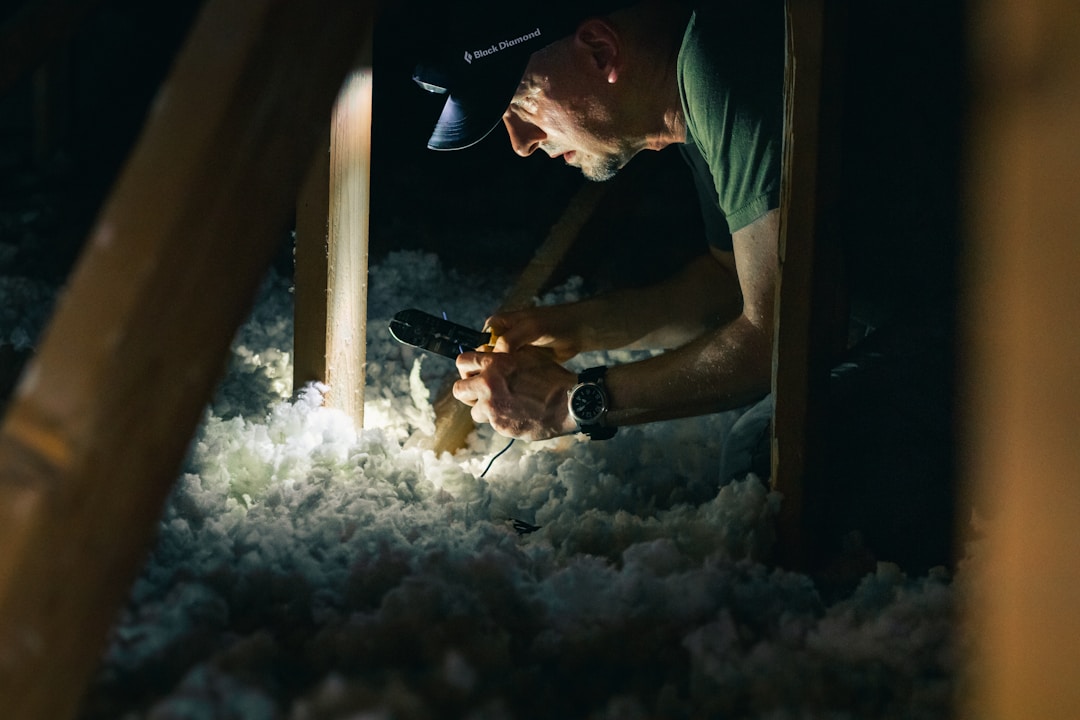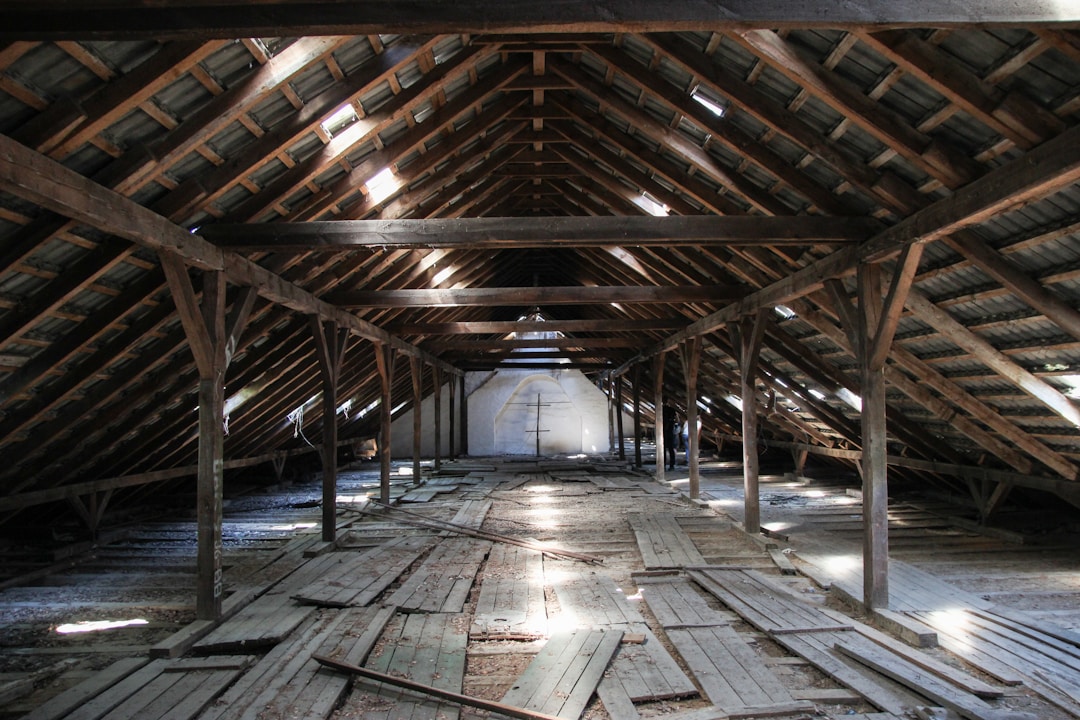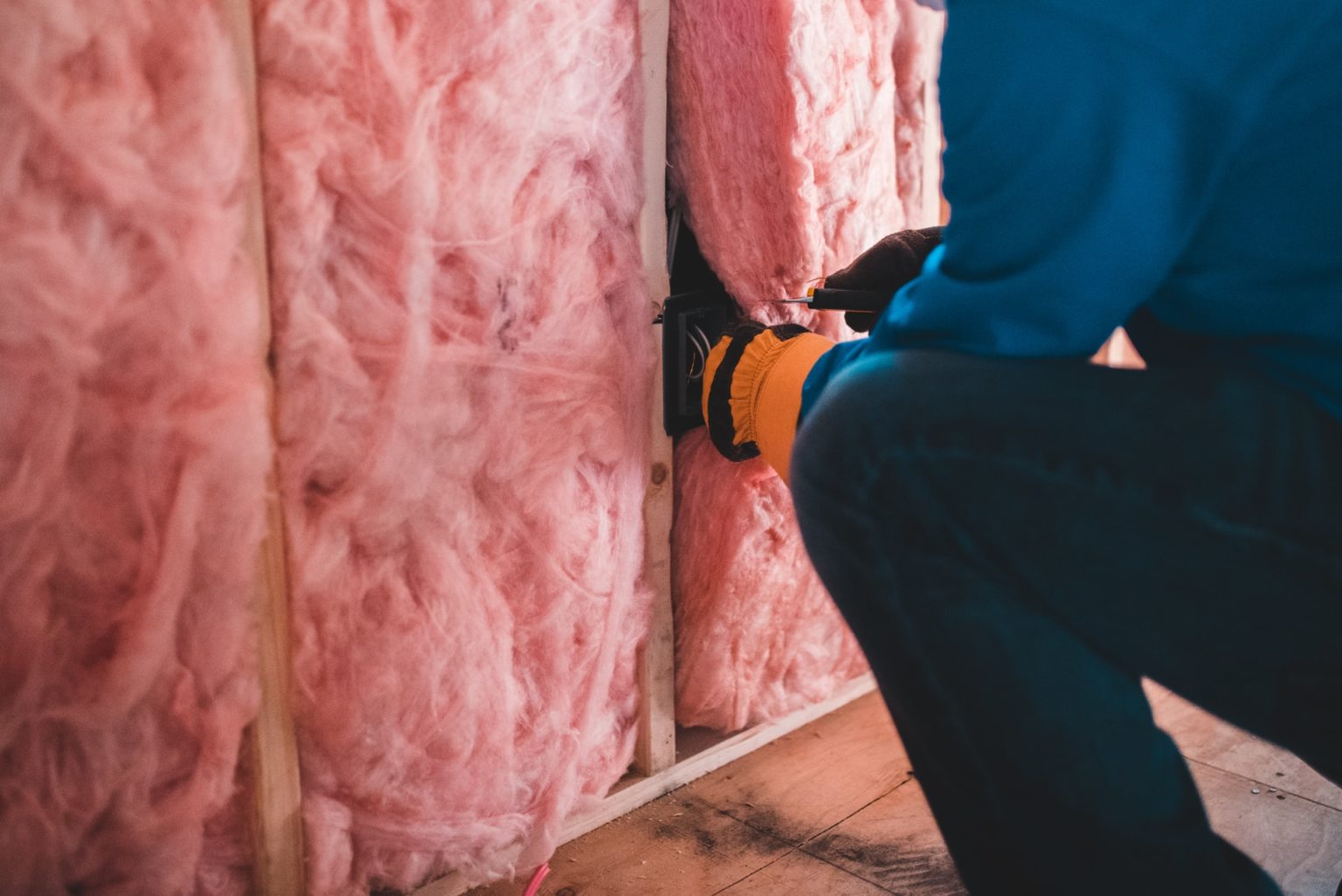Have you found yourself still freezing during the winter despite having the heat on full blast? Your home could be suffering from poor insulation. Insulation helps to reduce the transfer of heat into or out of your home. With many different types of insulation materials and methods of application, it’s easier than ever for homeowners to figure out the needs of their household to eliminate air leaks and make sure a household is functioning with proper insulation.
How to Insulate

There are many benefits of additional attic insulation, so homeowners need to assess the thickness of their current insulation before preparing for a new installation. If your insulation type is less than an equivalent of R-30, your home could use an upgrade. Before insulating, seal any air leaks with spray foam. This will prevent cold air from seeping in through cracks in the attic. You should also be sure to have your roof assessed for any repairs, ranging from loose shingles to rots in the plywood.
Homeowners should look to have professionals air seal anywhere with attic access, including crawl spaces. Technicians should insulate and air seal any knee walls as well. If you install a new HVAC system or simply remodel your house, make sure the attic decking provides additional storage space. Place the heating/cooling unit above ceiling joists to leave room for adequate insulation. If your home is in a warm climate, you may want to consider having a technician put in a radiant barrier in your attic. This will reduce any summer heat gain.
Where to Insulate

Beyond attic insulation, there are plenty of spaces throughout your household that you should ensure are coated with high-quality insulation. The U.S. Department of Energy recommends insulation for the ducts of your HVAC system. This prevents air leakage that will help to avoid energy loss. Insulation of a home’s foundation is highly suggested to prevent moisture problems and insect infestation. Be sure to consult professional insulation installers on this, as this time of loose-fill insulation can lead to potential issues with the foundation’s structure.
Basement and crawl space insulation is also recommended to reduce heat loss while building a home part of a thermal mass. This allows the living space to operate at a more consistent temperature. This will also reduce any condensation from building up that could end up bringing about moisture and a breeding ground for dangerous mold and rot. It’s important to consider investing in types of insulation that create a higher R-value for your home. R-value is the temperature difference per unit of heat flux needed to sustain between different surfaces’ barriers and is crucial to proper functioning insulation.
Saving on Your Energy Bill

Additional insulation may be an immediately harsh expense. Upgrading an attic can cost a homeowner an additional $2,000 or more, especially if opting for sturdier batt insulation. Installing new insulation throughout a household can run well into the four figures depending on exterior walls, cathedral ceilings, and even crawl spaces. However, those installations end up creating plenty of savings on an electric or heating bill in the long run.
The Environmental Protection Agency estimates homeowners can save 15% on heating and cooling costs by adding insulation in attics and basement rim joists. That can translate to about $200 off your electric bill annually. Depending on the climate where you live, savings can even increase to as much as 20%. In addition to saving on your energy costs now, proper home insulation can actually command a higher market value for your house. Homeowners may also be able to qualify for state and federal tax credits to help finance these upgrades.





